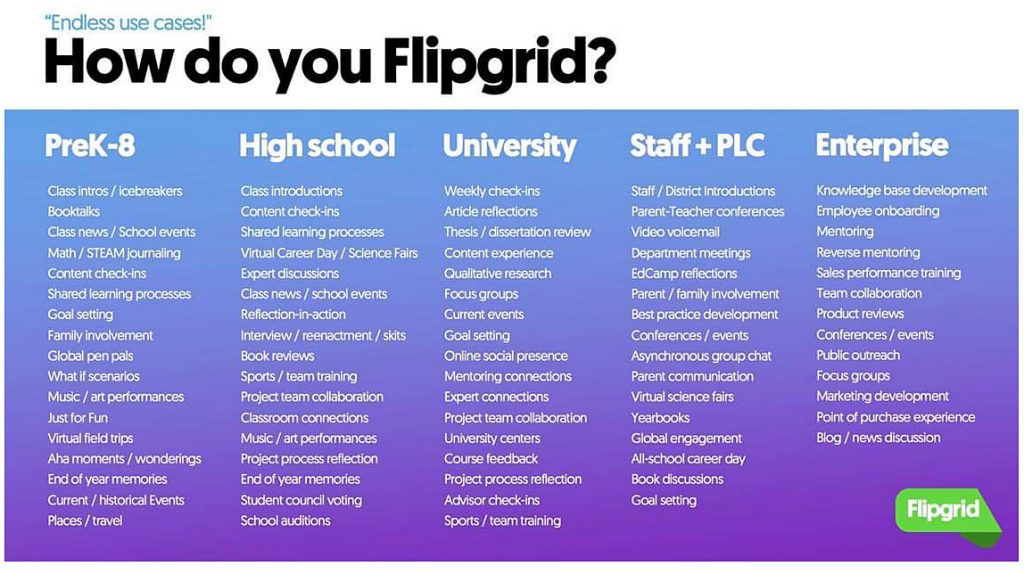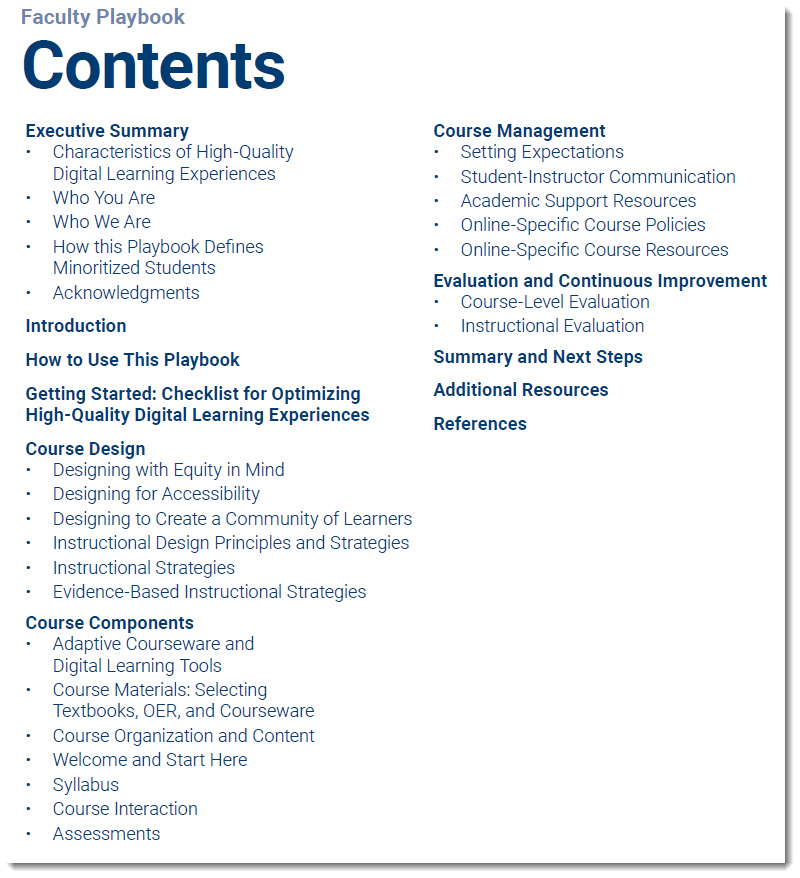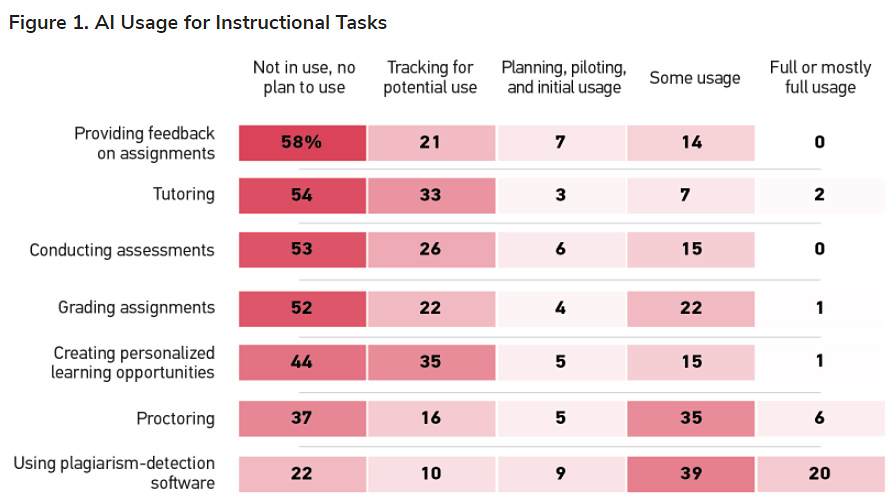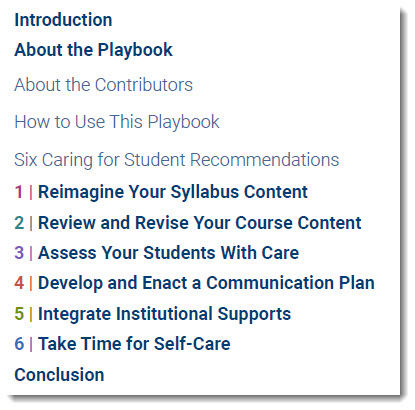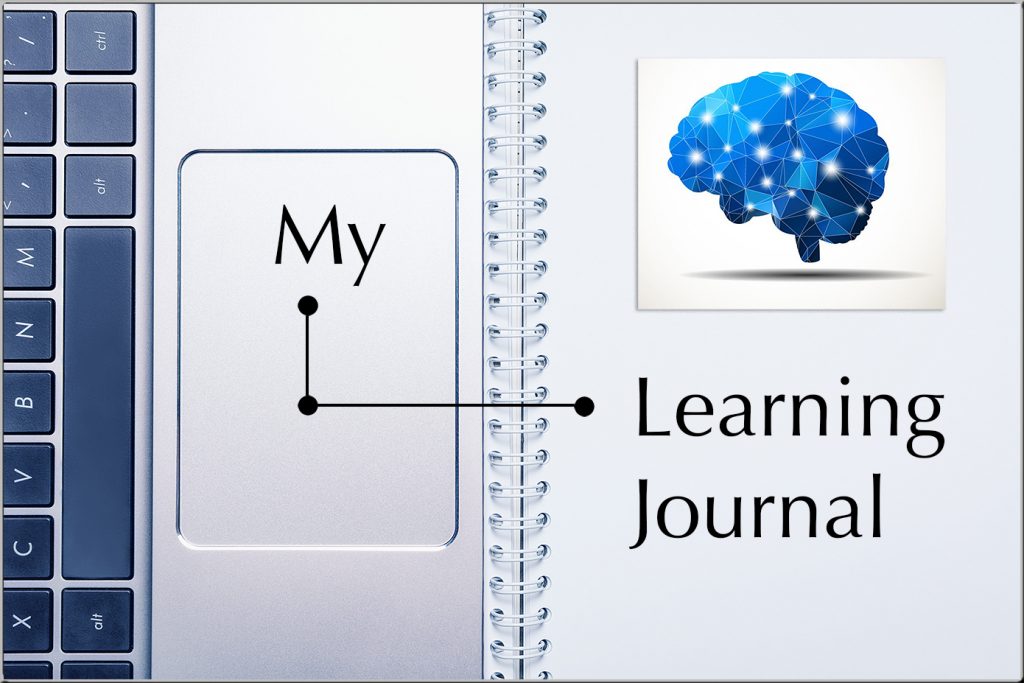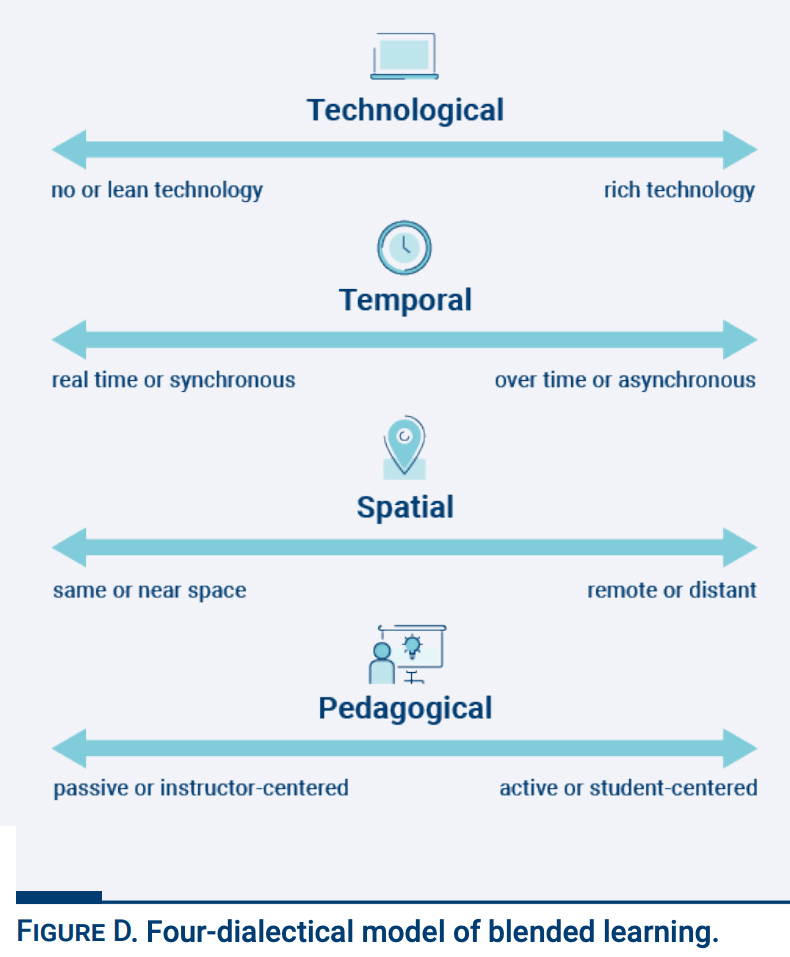Coursera: The ‘Amazon’ Of Online Education May Grow By Magnitudes — from seekingalpha.com
Summary
- Increasing student dissatisfaction and declining enrollment suggest that many people are rethinking traditional methods of higher education.
- The historical value of universities is becoming defunct as the internet allows a more efficient, less expensive, and more accessible vector of transmitting knowledge.
- Innovative platforms like Coursera offer students a huge “marketplace” of high-quality courses far less expensive than those in traditional universities.
- Given Coursera’s minimal barriers to growth and its massive total addressable market, I would not be surprised to see its annual revenue rise by 10X or more within years.
- COUR may be one of the few recent IPOs which is actually trading below its fundamental fair value – subject to the assumption that online education will eventually supersede traditional models.









